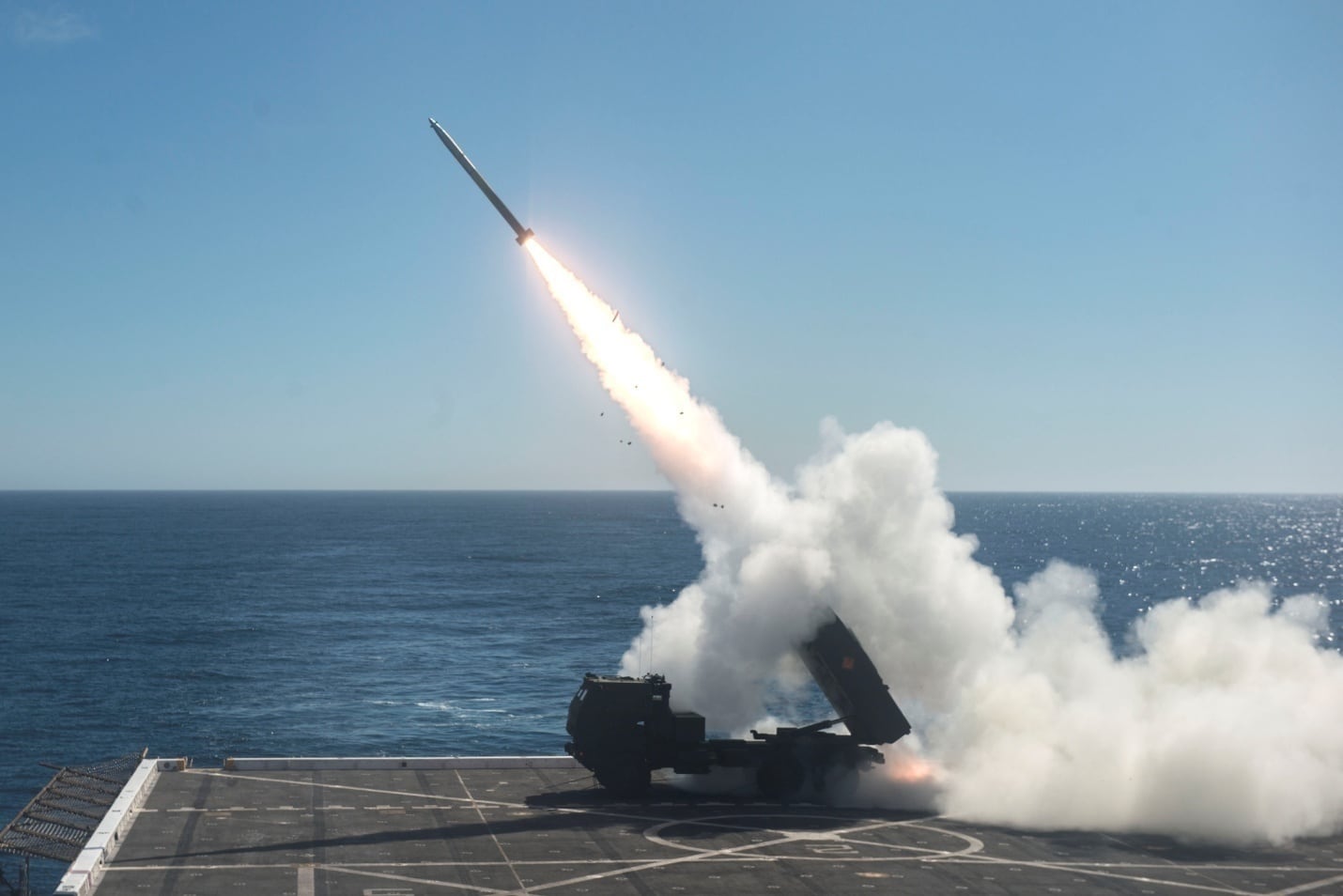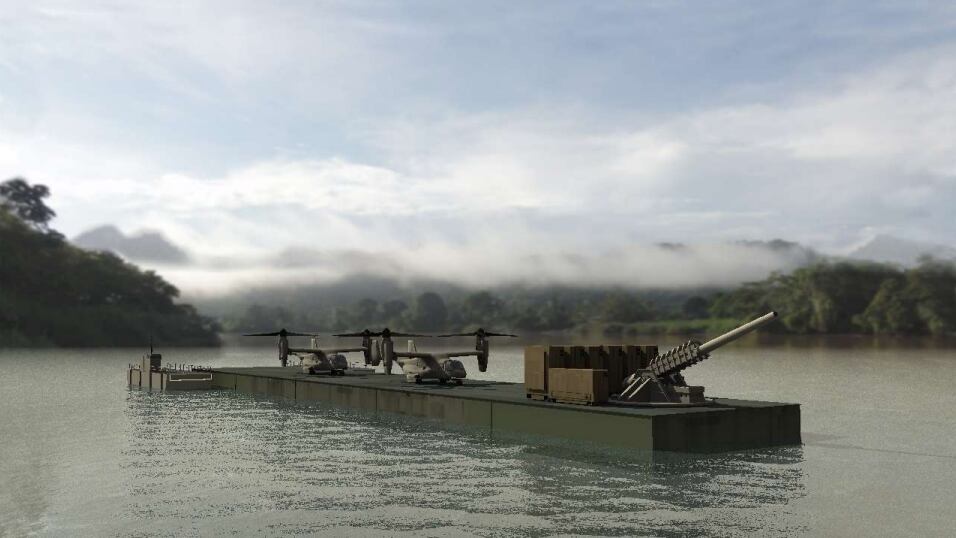The Corps is scrambling to piece together a new operational concept to counter growing threats around the globe, especially the new long-range cruise missiles and other sophisticated technology from near-peer competitors like Russia and China.
On April 10, the Marines will host a classified “innovation day” with members of academia and industry to discuss a new concept called Expeditionary Advance Base Operations. The event will showcase new emerging technologies that could aid the Corps in implementing this new plan.
Expeditionary Advance Base Operations “calls for an alternative, difficult to target forward basing infrastructure that will enable US naval and joint forces to create a more resilient forward based posture to persist, partner and operate within range of adversary long range precision fires,” according to a Marine Corps’ official request for information.
The new concept has not been widely discussed in public. But the Marine Corps’ request for information for the April event sheds some light on an otherwise tight-lipped topic.
Details of the event were posted online through a request for information from the Marine Corps Warfighting Laboratory. The event will be held at Marine Corps Base Quantico and is closed to the public. It will include briefs at the secret and top secret level.
In November 2016, the Corps published a wargame toolkit that featured futuristic technology and equipment that could potentially be used by the Navy and Marines.
It showed small floating barges serving as mobile bases that could house Marines, MV-22 Ospreys, F-35Bs and various missile defense systems.
It also included a host of autonomous systems capable of logistics to intelligence collection. One image even featured motorized shipping containers equipped with a guidance system.
But, that document was merely a wargaming toolkit and not an official endorsement by the Defense Department or an indication of future procurement by the Marines.

However, the technology featured in the document is not too far-fetched, and the Corps already has begun testing some of the concepts.
In October 2017, Marines successfully hit and destroyed a target from 70 km out with the M142 High Mobility Artillery Rocket System, or HIMARS, on the deck of the amphibious transport dock Anchorage.
HIMARS are generally a ground-based artillery system, and have seen frequent use in Iraq and Afghanistan.
The Corps is looking at firing HIMARS systems from floating barges. In January, Lt. Gen. Brian D. Beaudreault, the deputy commandant for Plans, Policies and Operations, called it a “proven capability.”
The Corps may have to face down increasingly powerful adversaries in a future conflict. And just getting troops to the shores of these countries can no longer be taken as a given.
“When you think about warfare and you have an expansionist power like China that seeks to exert sovereign control over important shipping channels and various routes, how are you going to contest that environment if you don’t have the ability to survive in a heavily contested environment?” asked Dakota Wood, a former Marine and senior defense fellow at the Heritage Foundation.
China has made steady progress in its military capabilities. It now has new shore-based ballistic missile capabilities, man-made artificial islands with airstrips and military weapon systems, advanced long-range cruise missiles and an increasing naval capability, Wood said.
To counter these developments in the age of fiscal constraint, the Corps is seeking cost-effective ways to project force in contested regions. Large amphibious ships are simply too costly and the military can only afford to build so many.
So, the Corps is looking at alternative mobile platforms like small barges with a distributed network of forces.
A future Marine force will need to lower its signature to make detection by the enemy harder, and the Corps will have to distribute its force, Wood explained.
“If I have to worry about 50 or 100 potential targets, that distributes the enemy’s fire and attention span as well,” Wood said.
Any force in the region will also need to “be robust enough that it poses a dilemma to the enemy,” Wood said. “It can’t just be a defensive force or the enemy won’t pay much attention.”
A distributed network of small barges with varying offensive and defensive capabilities would create a “targeting dillema,” for the enemy, Woods explained. Concentrating firepower on any one target would prove exceedingly difficult but also inefficient.
Shawn Snow is the senior reporter for Marine Corps Times and a Marine Corps veteran.




